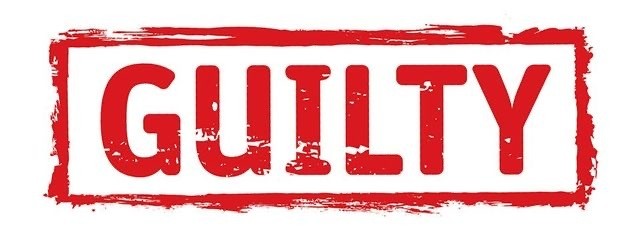
A Matter of Fact
On the fact question, there are three elements to the question of responsibility and one to the question of exculpation. These four elements, as questions, are:
- (1) did it happen?
- (2) did he cause it to happen?
- (3) did he intend to cause it to happen?
- (4) did he (try to) prevent it from happening?
TL;DR: he did it.
(1) did it happen?
That’s pretty clear. There was a mob assault on the Capitol and the members of Congress and the VicePresident. There are myriad records of the events leading up to the assault, during the assault, in the aftermath of the assault, and following the assault.
The records include video and audio recordings made by the media (both mainstream and other media), by the participants, by the opponents, and by the security services. Some of this video and audio record was broadcast and streamed live during the assault.
(2) did he cause it to happen?
The argument is that he created a wave of anger among his supporters by alleging (since July 2020) that the upcoming election would be “rigged” and “stolen”. He intensified that anger after he was declared the loser following the November 2020 election. He then declared the January 6th date specifically to mobilize and concentrate this anger into a physical disruption of the Congress’ process to certify the election results. On that date, and immediately before the certification process, he (along with other rally speakers) urged and instructed the angry mob to walk to the Capitol, disrupt the Congress, and delay or even halt the certification.
Some militants planned to assault the Capitol and Congress, bringing with them protective gear and weapons of assault. This appears to have been in response to the defendant’s urging from as early as the previous month, in which he called for his supporters to gather on January 6th.
Others gathered to listen to his speech at a rally on the Ellipse near the White House on January 6th. Early in that speech, he explicitly urged his audience to walk to the Capitol. That call was repeated enthusiastically and angrily by portions of the audience. Many people began to move toward the Capitol, rather than stay at the Ellipse and wait for the remainder of the 1-hour speech.
(3) did he intend to cause it to happen?
The evidence is that he selected the date (January 6th), the place (Washington DC, walking distance to the Capitol), and the time (as the Congress assembled for the certification process). The rally which had been planned for January 22nd was moved to January 6th as he urged. He specifically told the mob to go to the Capitol, which the rally permit said would NOT happen. And he instructed the mob to go to the Capitol in order to stop the certification.
He falsely claimed that the Vice-President had the authority to overturn the vote of the Electoral College (no such authority exists) and that the Vice-President’s refusal to overturn the vote was to blame for his loss.
All of this happened after he had falsely claimed that he won the election (no, he lost) and falsely claimed that the election was being stolen from him (no, every state certified the results, and every lawsuit was dismissed).
(4) did he (try to) prevent it from happening?
There is no evidence introduced to demonstrate efforts by the defendant to prevent the mob from going to the Capitol, to disarm those who were armed, to sufficiently deploy police or military security around or inside the Capitol, or to call upon the mob to stand down. There is no evidence introduced to demonstrate that the defendant told the mob that they misunderstood him and that he did not want them to attack the Capitol or the Congress.
There are evidence and testimony that other officials tried to persuade the defendant to halt the attack, but they were unsuccessful. There are evidence and testimony that the defendant was made aware of the degree of the assault and the danger presented to members of Congress, their staff, and the Vice-President. There is no evidence that the defendant responded to this information in an effort to halt or rebuff the attackers.
There are evidence and testimony that other officials took it upon their own authority to deploy the needed security to bring the attack to an end.
Conclusion
The inescapable conclusion is that the defendant did what is charged by the article of impeachment. He should be guilty. The verdict will depend on the honor of the jurors.
It should be clear that I am not a lawyer and this is not a legal opinion.
